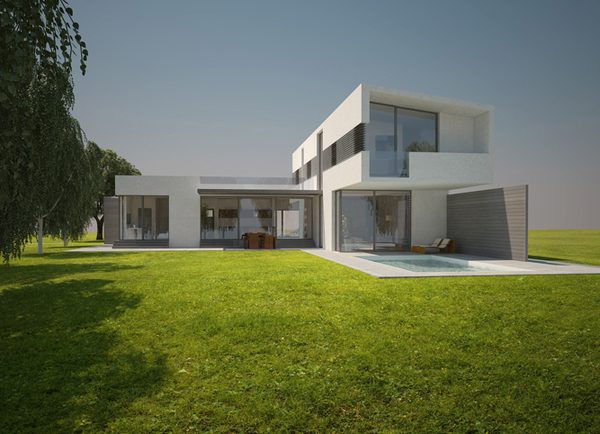
If you thought that modern architecture was just a bunch of university graduates sitting in a room, penciling floor plans, then think again. The industry has been through something of a revolution over the last twenty years, seeing some impressive tech breakthroughs. And, what’s more, the best is arguably yet to come.

Around the year 2000, architects started using something called BIM software to design their buildings. Instead of using a pen and paper, BIM allowed teams of people to work on a single project. Electrical specialists and clients could see architect decisions in real-time and then adjust their plans accordingly. If there were conflicts or the design didn’t make sense, then the software would flag it as a potential problem, allowing designers to deal with it before construction commenced.
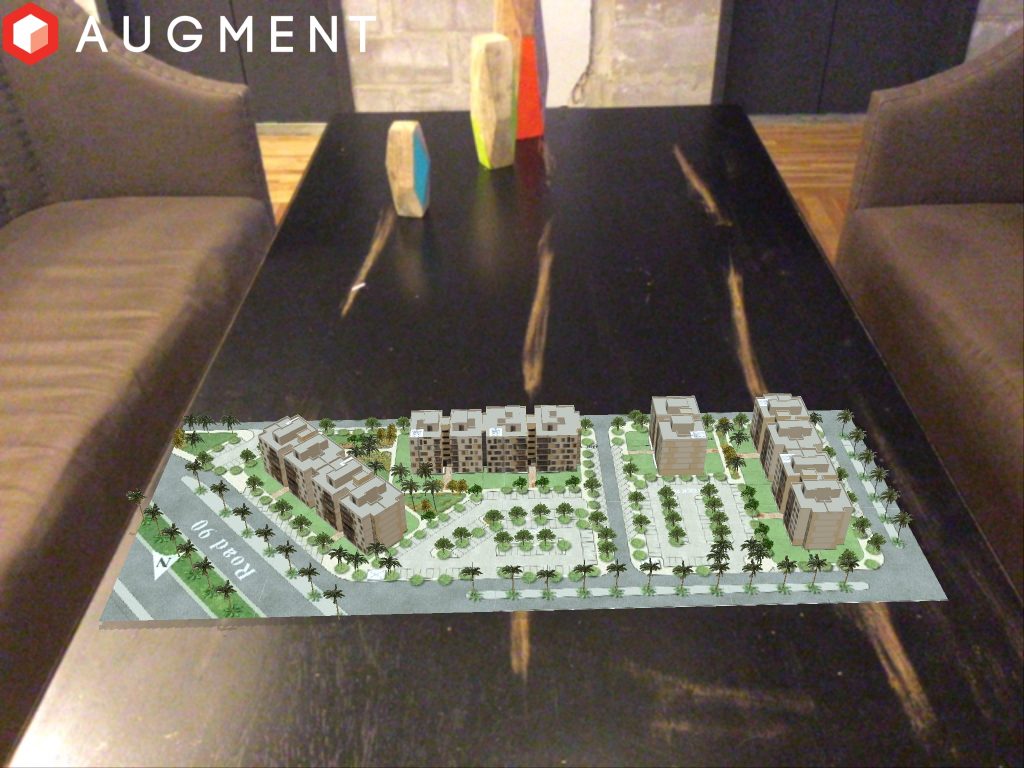
As systems developed, so too did the need for further integration. The software could ensure that everything was consistent, but it did little to help with the design process itself. Architects still had to do everything manually, relying on heuristics and rules-of-thumb. Furthermore, the software didn’t do anything to assist with the need to keep projects within the bounds of the client’s brief. Architects could sometimes veer significantly off-course, and no amount of technology could help them. Their designs might have been consistent, but they didn’t fulfill client needs.
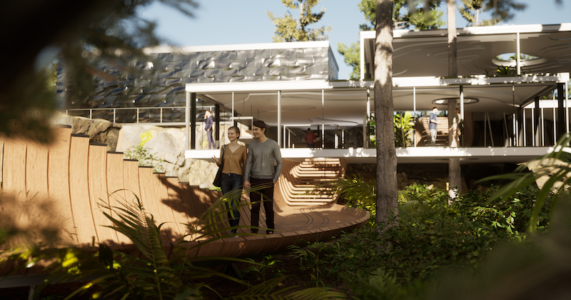
Firms, therefore, brought in a bunch of new processes to ensure that their reprographics were suitable. Constant back and forth with clients, consultations, and delivering services in-house helped with this process.

The problem of creating structures that fulfill multiple design criteria, however, remains. Companies want offices, for instance, that provide the optimal combination of natural light, heating efficiency, and aesthetics. And getting a combination of all three (or more) is a challenge, even for the most experienced architects.
Generative Design
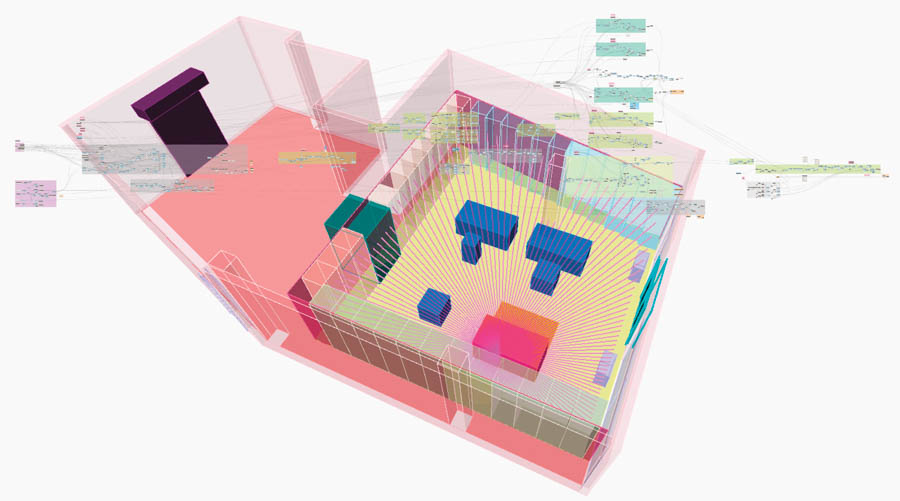
Now, though, firms are experimenting with an AI-powered technology called generative design. The idea is to use algorithms to simulate how nature solves problems, creating optimal compromises to make everyone happy.
Already, firms are using the technology to create office spaces. For instance, Autodesk recently hired a machine learning outfit to design an optimal working space on its new campus. Instead of getting humans to create a space based on their intuition, it got a piece of software to do it instead.
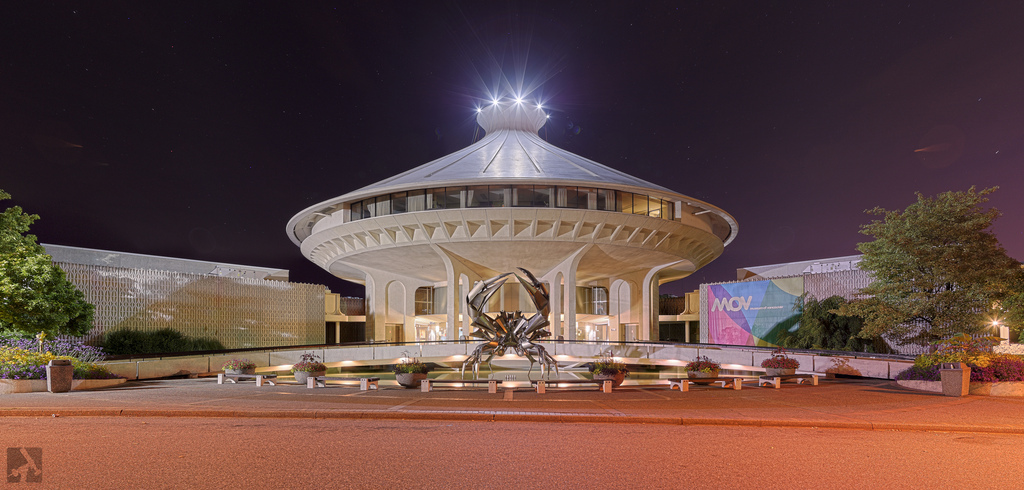
Generative design works by choosing a starting point and then trying out thousands of combinations to solve a problem. AI systems learn from their previous mistakes and then update their methodologies to come up with improved concepts.
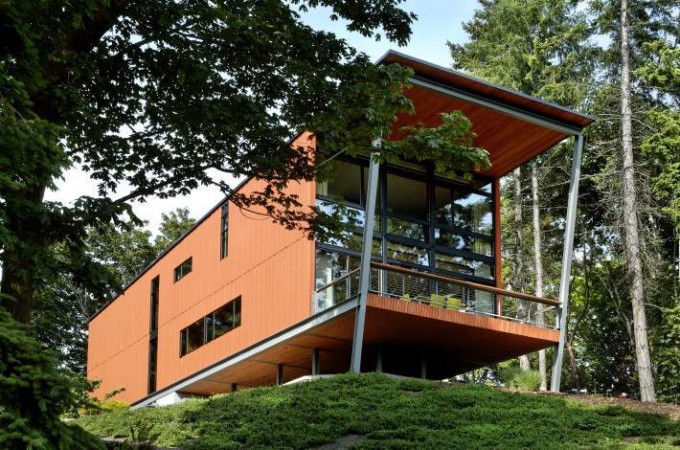
In the case of office design, this means shifting things around until they maximize some sort of objective function. Once the number is as high as possible, the design process stops.
What’s interesting about generative design is that solutions often look “organic.” Architects used to operate on specific design principles and geometries. But generative design doesn’t respect this. Instead, it focuses on achieving the required results, as specified by the user. If there are any recognizable motifs, it is only because the algorithms got there by themselves.




